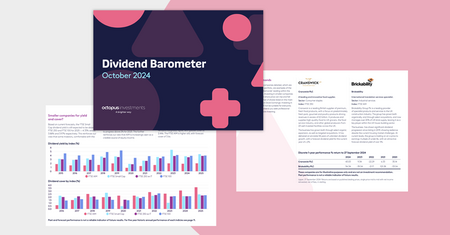Go back to EIS guide
Tax implications will depend on the individual’s personal circumstances.
Different types of tax
Income tax, capital gains tax and inheritance tax: the basics
It’s good to understand the key differences between each of these taxes before exploring the EIS-related reliefs available to investors.
Income tax
This is the tax applied to income an individual receives, like salaries, dividends, employment benefits, certain state benefits, grants, pensions, rental income, and savings interest.
Income is collectively taxed at different rates, depending on how much has been earned throughout the tax year.
| Band | Taxable income | Tax rate (other than dividends) | Dividend tax rates |
| Personal allowance | Up to £12,570 | 0% | 0% |
| Basic rate | £12,571 to £50,270 | 20% | 8.75% |
| Higher rate | £50,271 to £125,140 | 40% | 33.75% |
| Additional rate | Over £125,140 | 45% | 39.35% |
Tax implications will depend on the individual’s personal circumstances.
Capital gains tax (CGT)
A gain is when an asset’s disposed of at a value higher than the original purchase price. Capital gains tax is due where your gains in a tax year are greater than your annual exempt amount (AEA) of £3,000. The rate of CGT depends on your level of combined income and capital gains.
Basic rate taxpayers have to pay CGT at 18% for gains on residential property (that’s not their primary residence) and 10% for gains on all other types of assets. Higher and additional rate income taxpayers have to pay CGT at 24% for residential property (other than their primary residence) and 20% on other assets.
Inheritance tax
Inheritance tax is paid on the value of the assets that a person leaves behind when they die. It can also apply to some gifts that are made seven years before a person dies. The first £325,000 of the total estate is tax-free, and a standard rate of 40% applies after.




